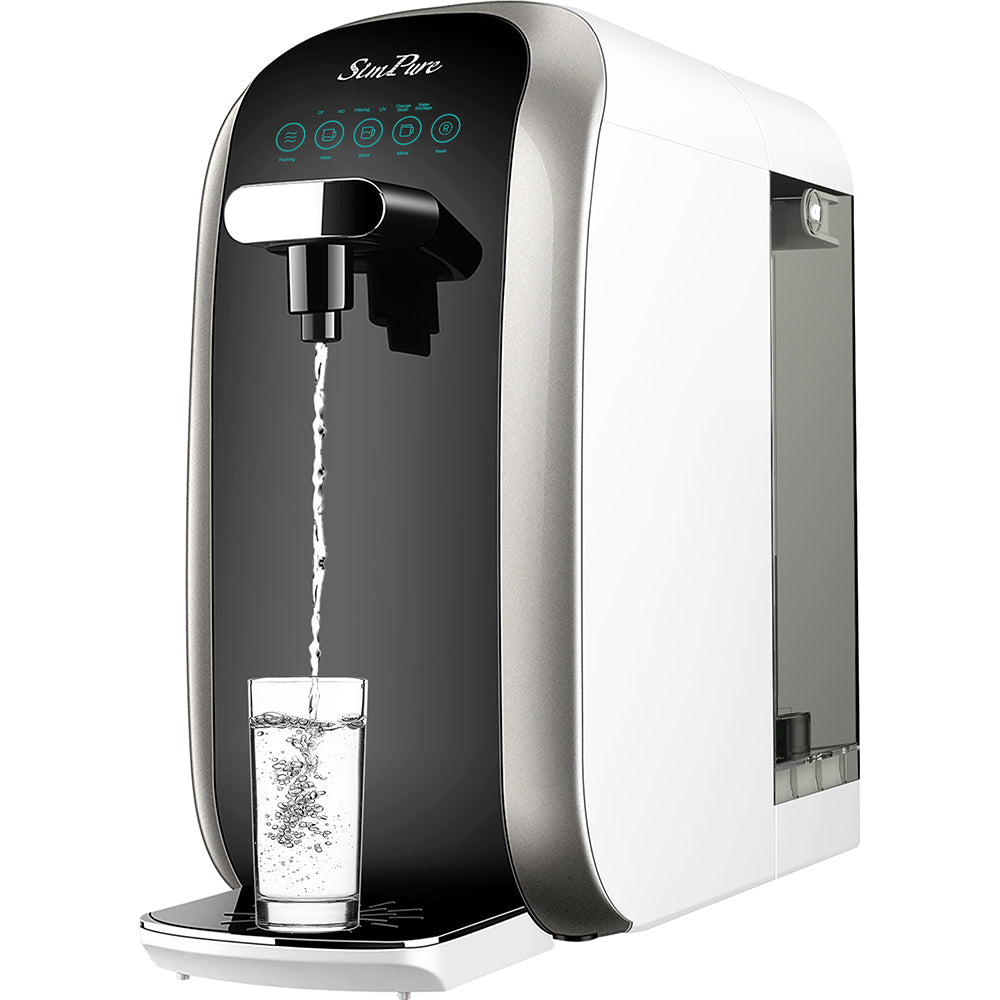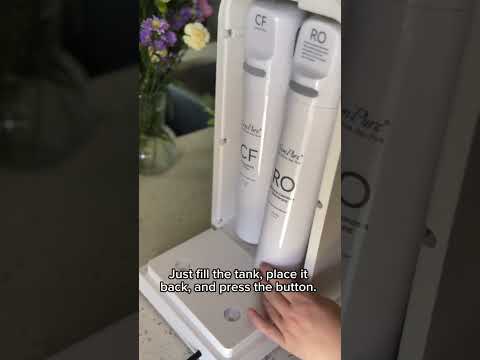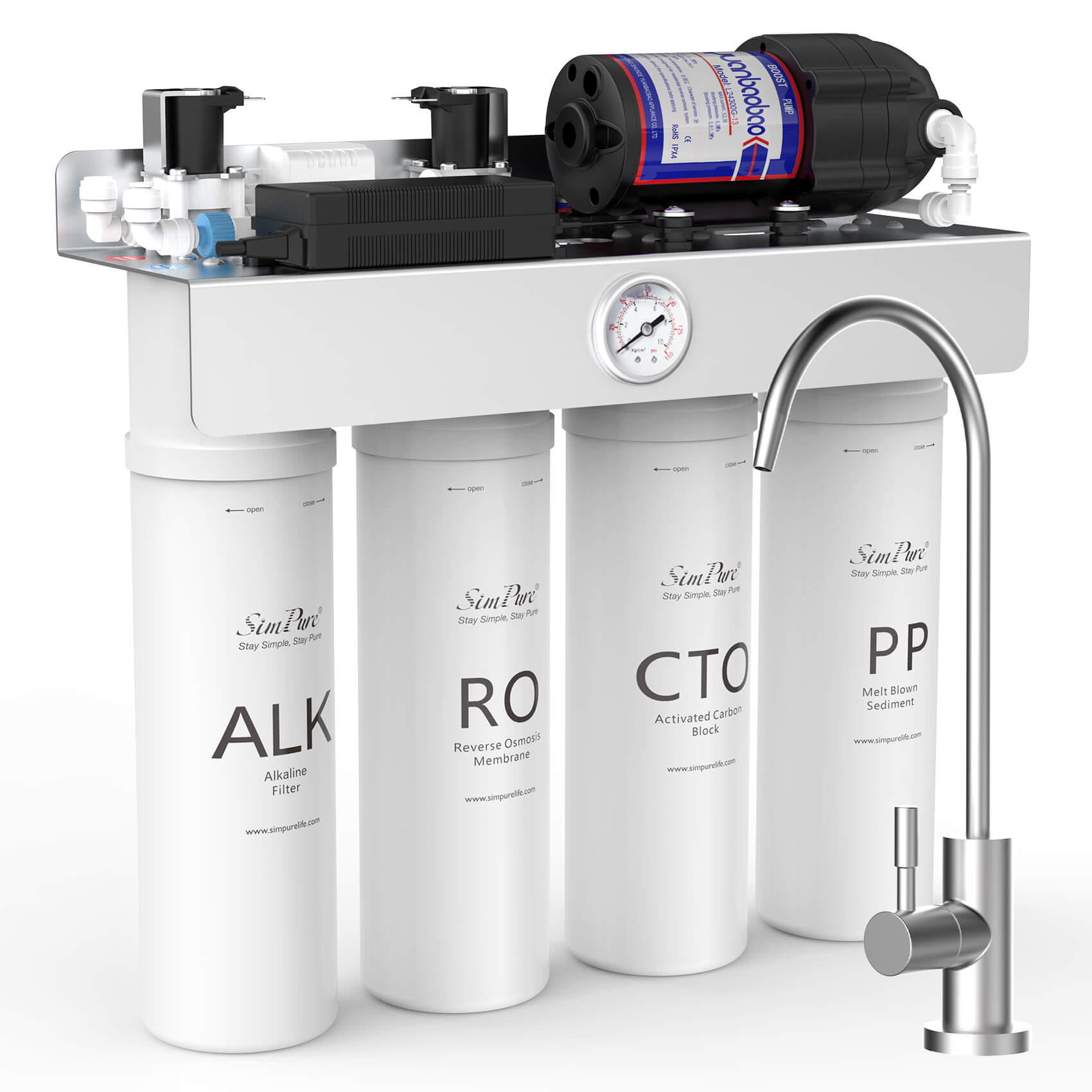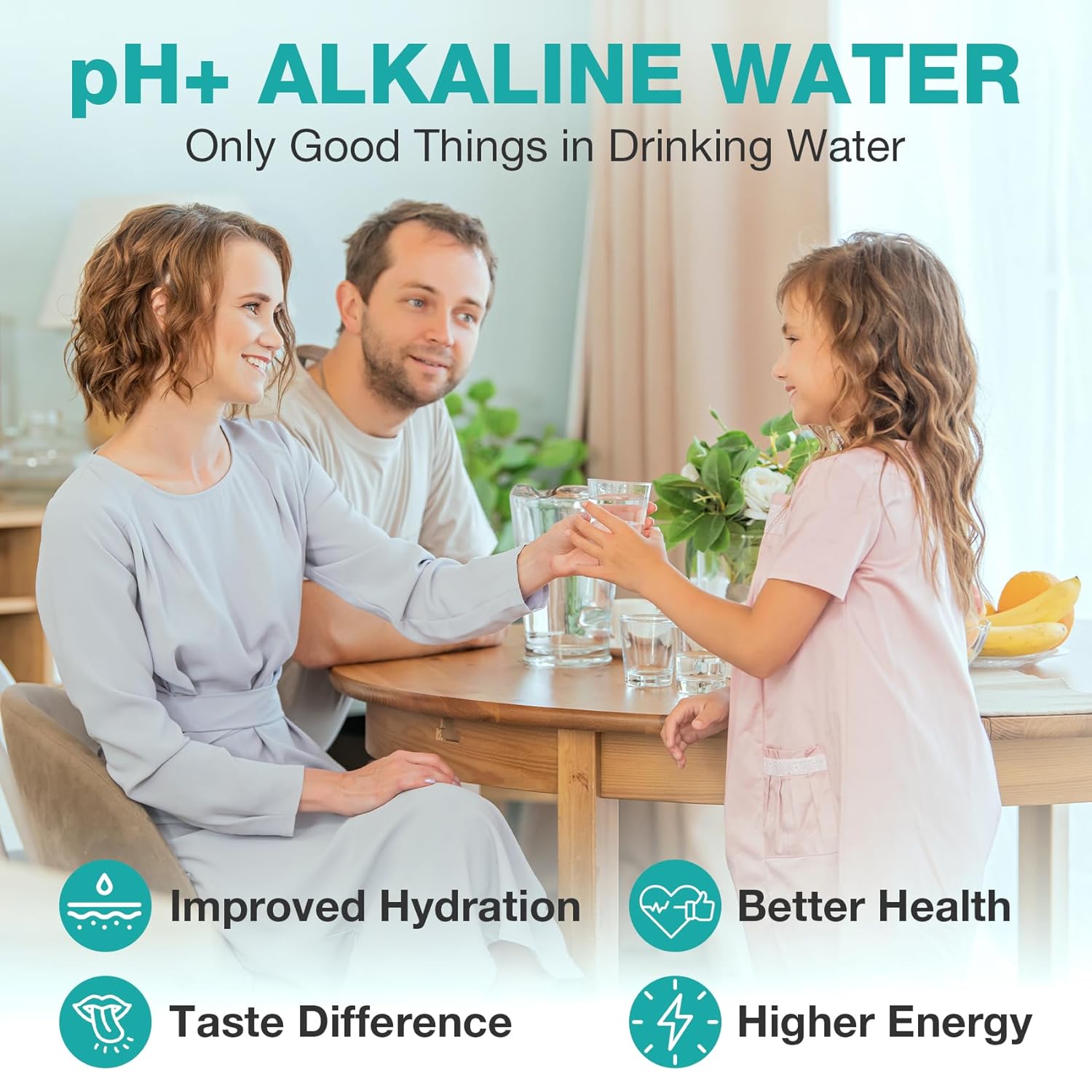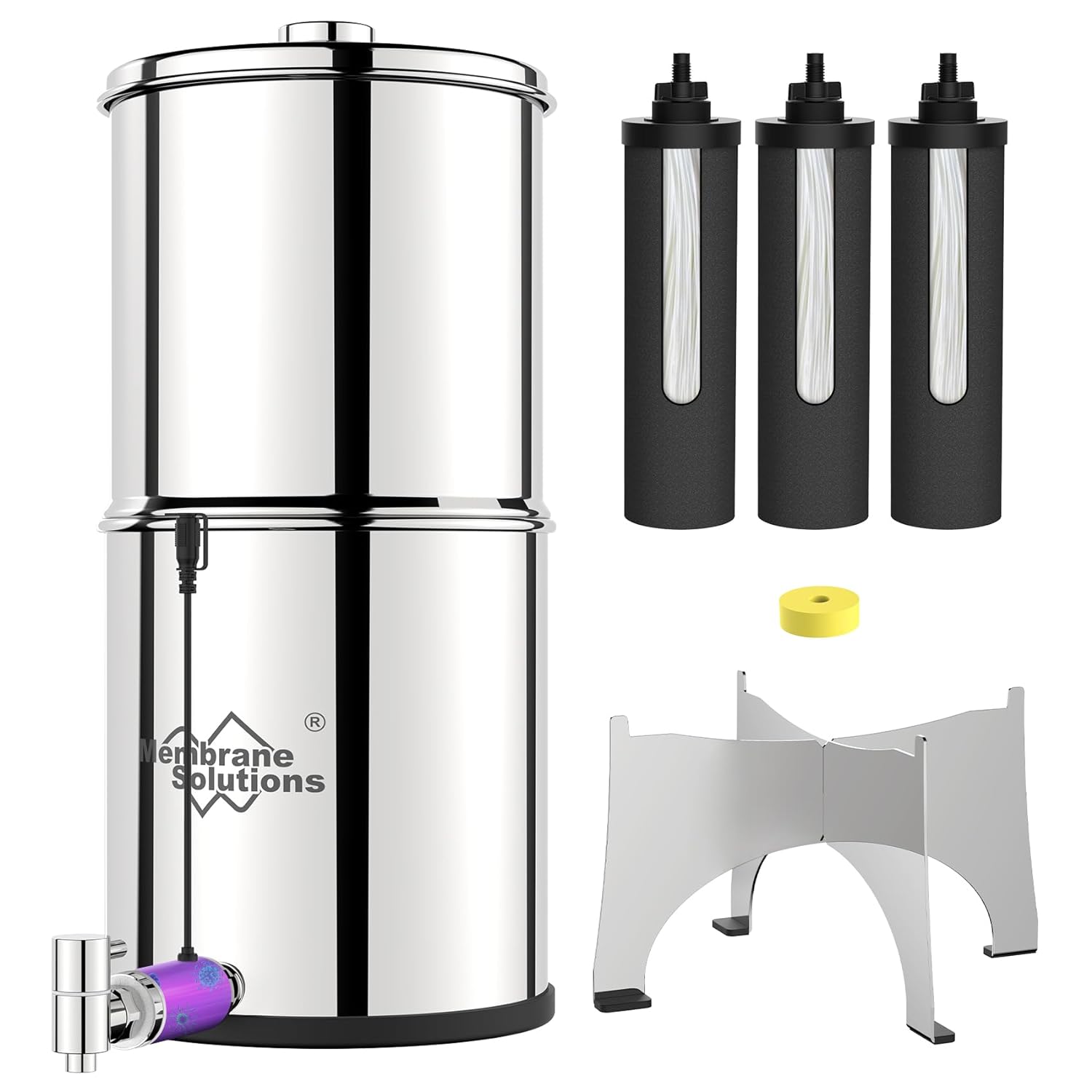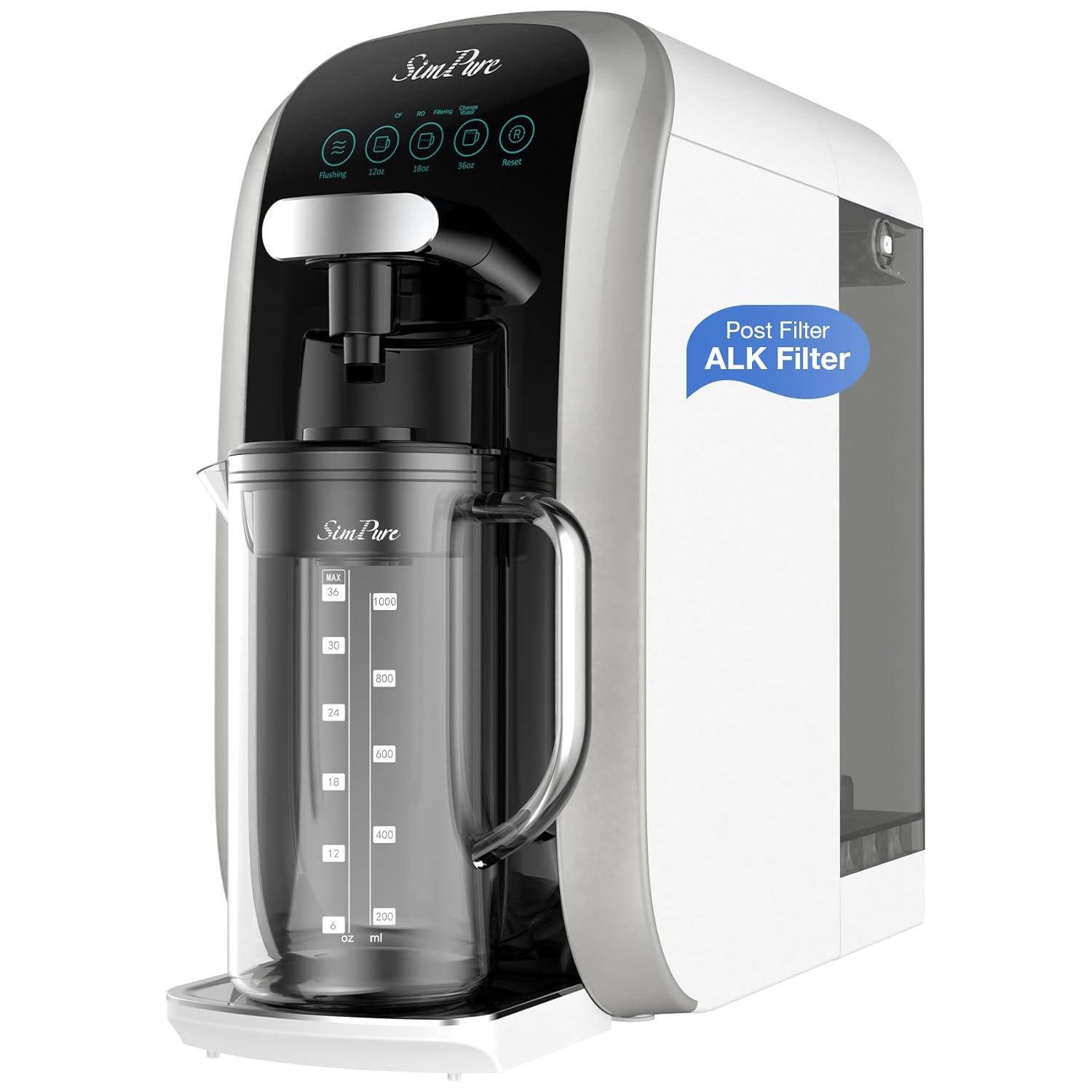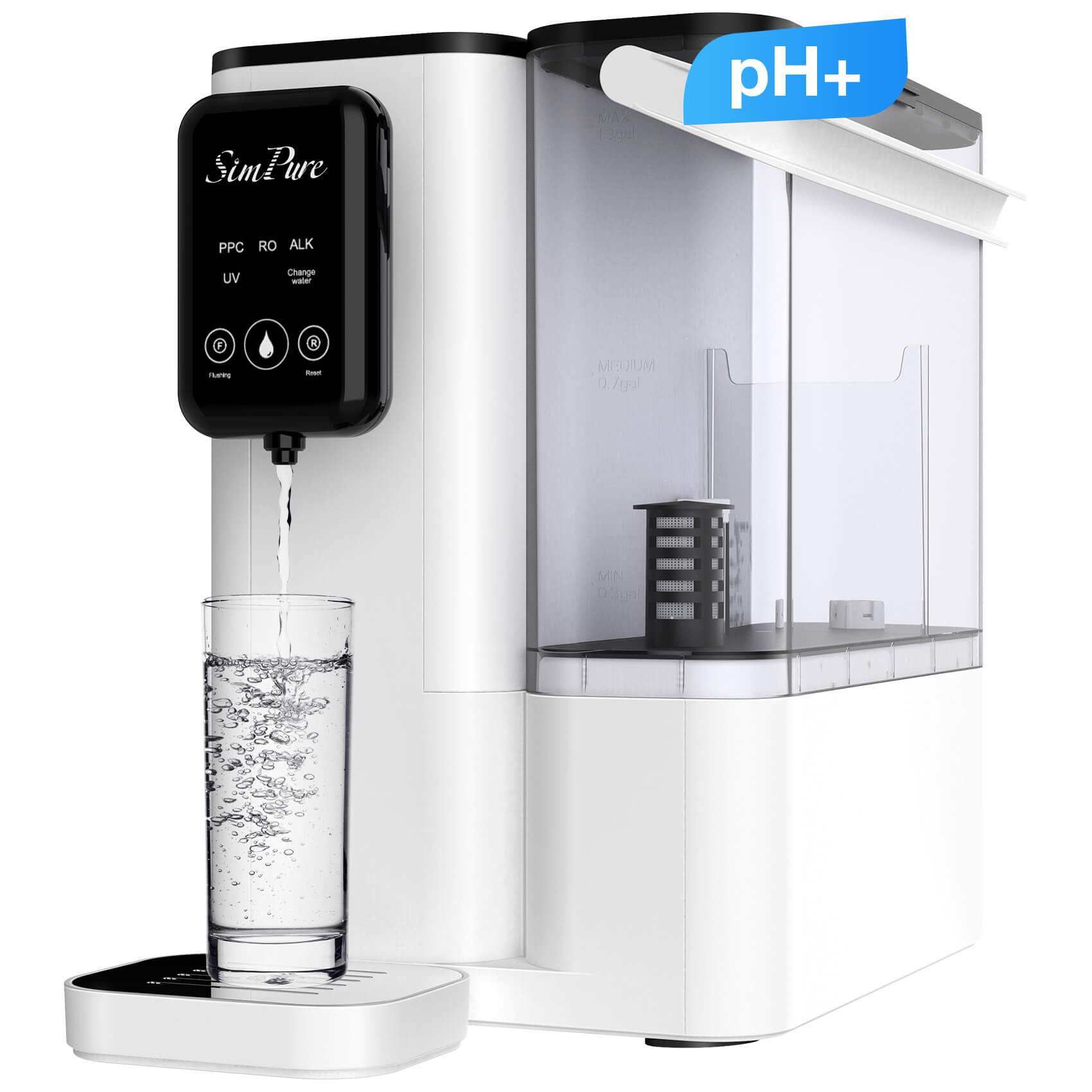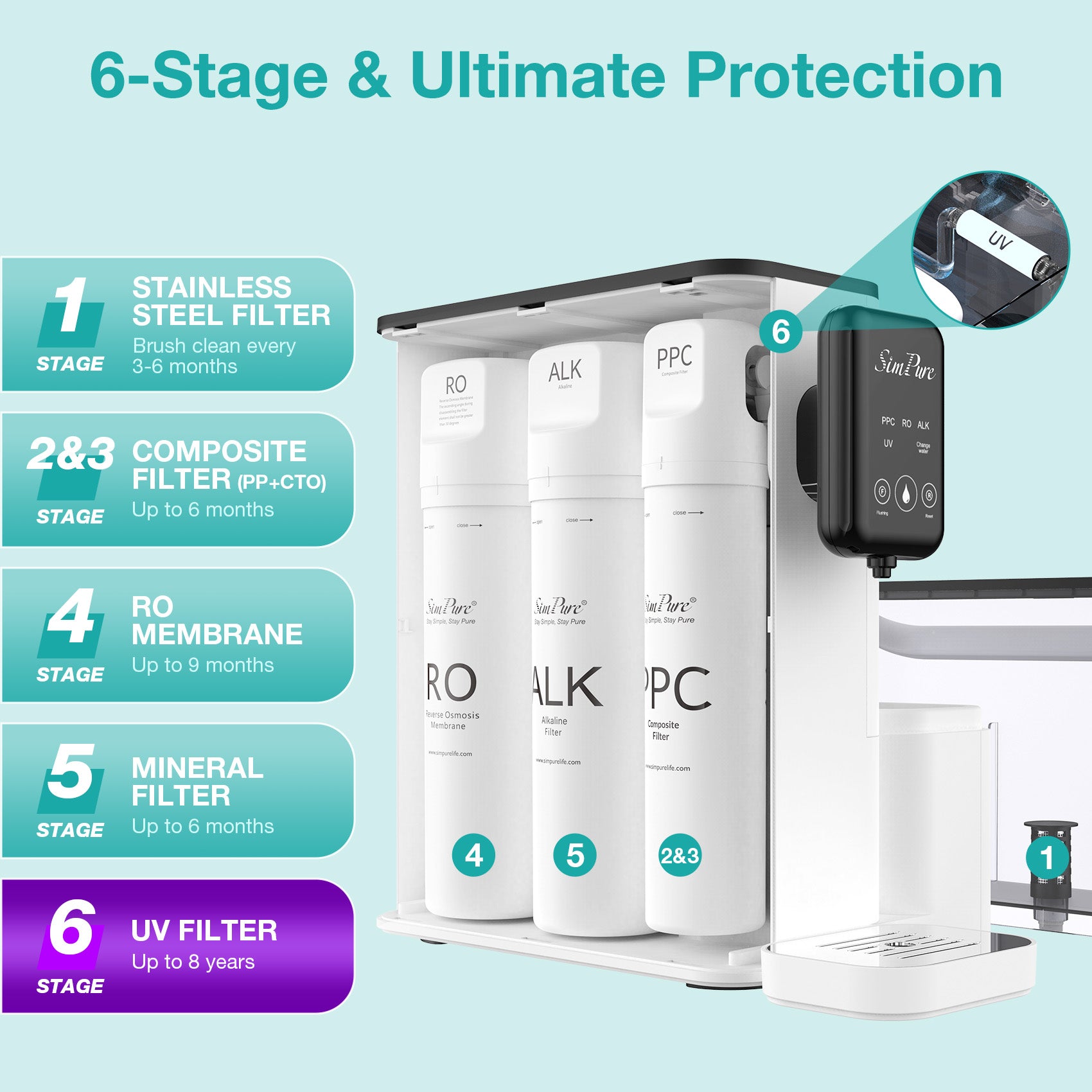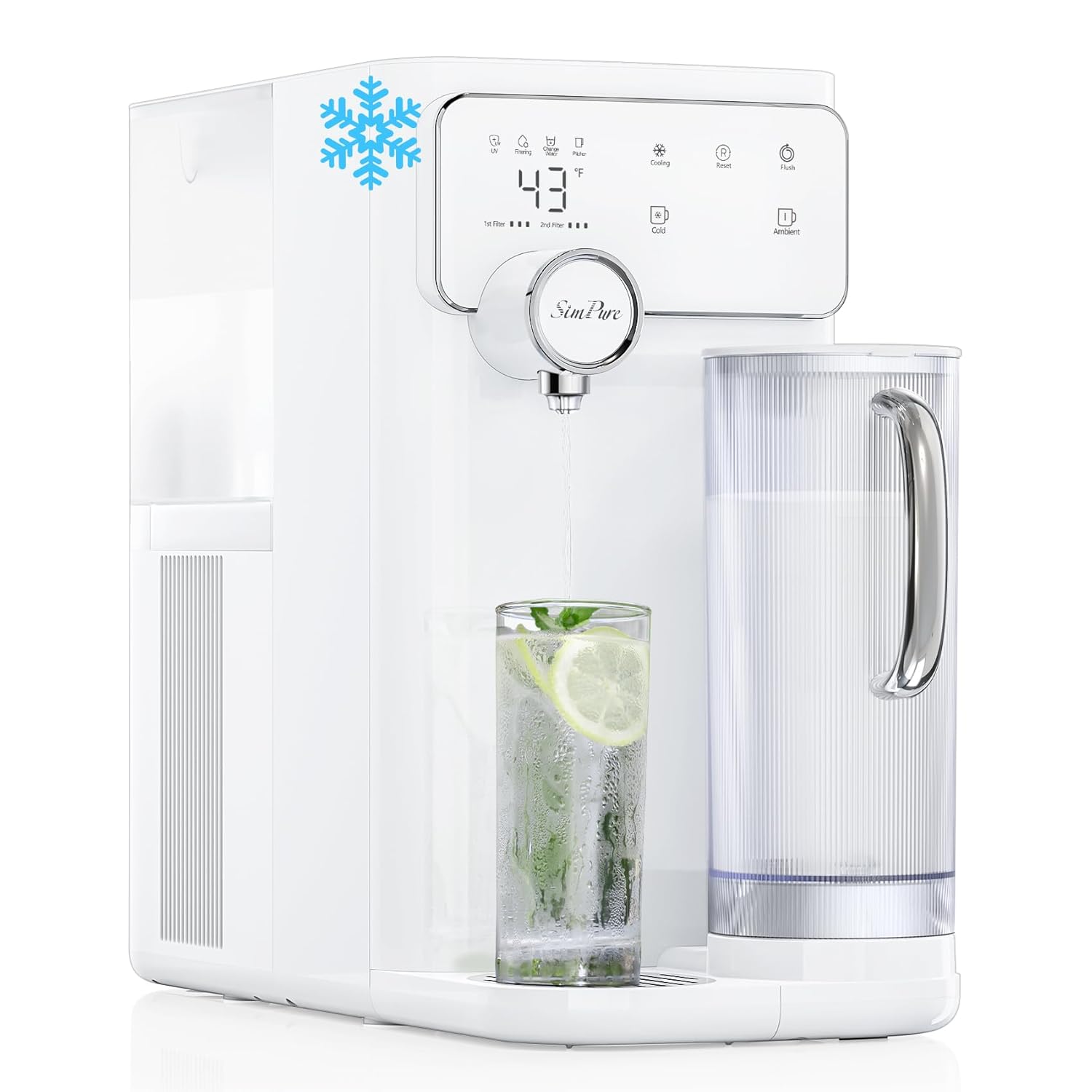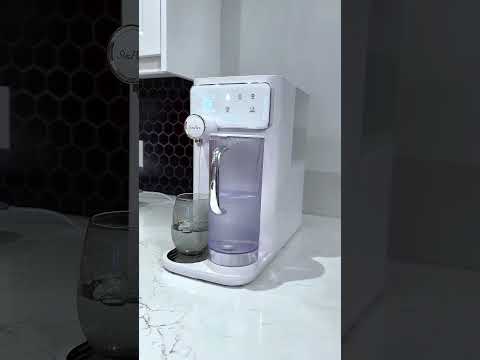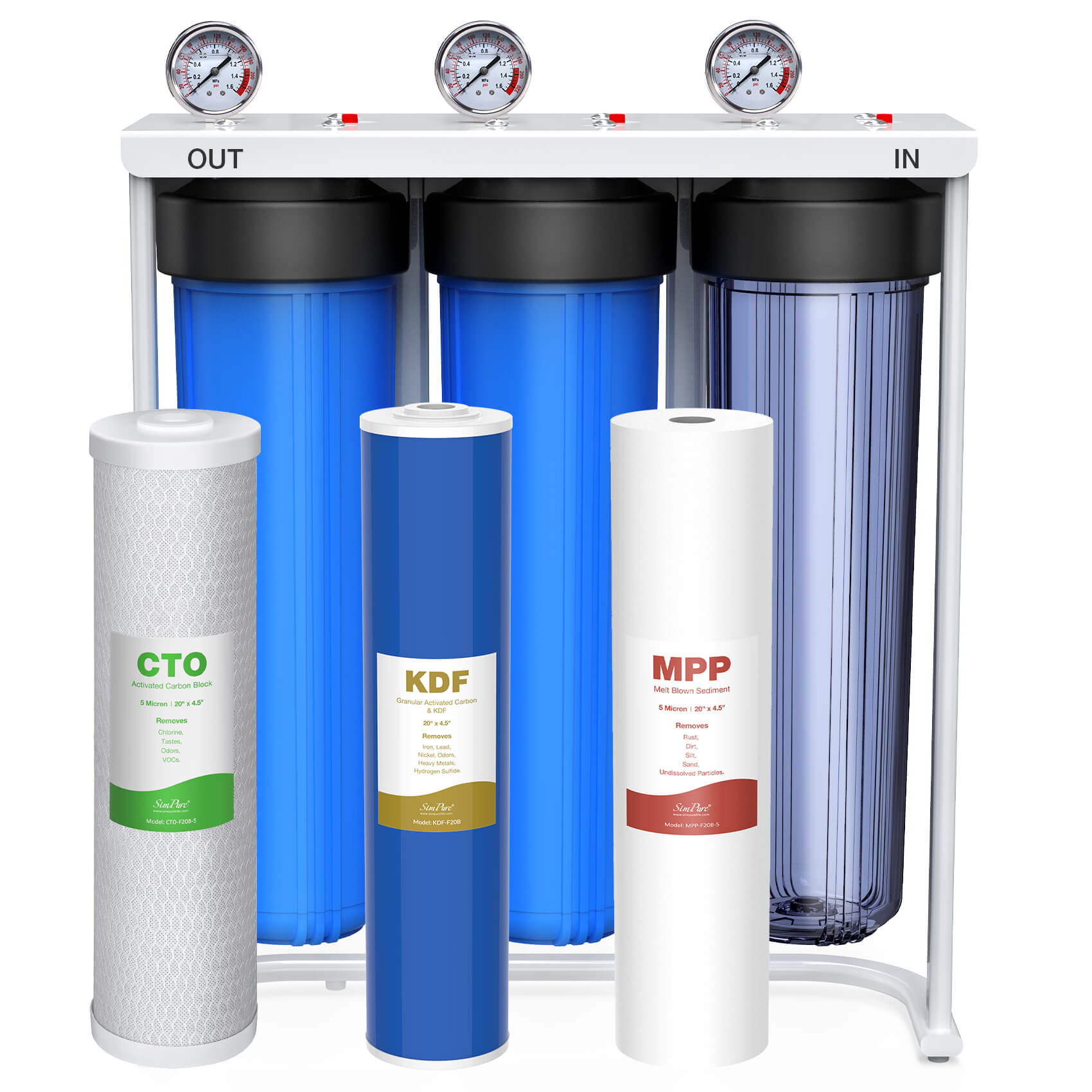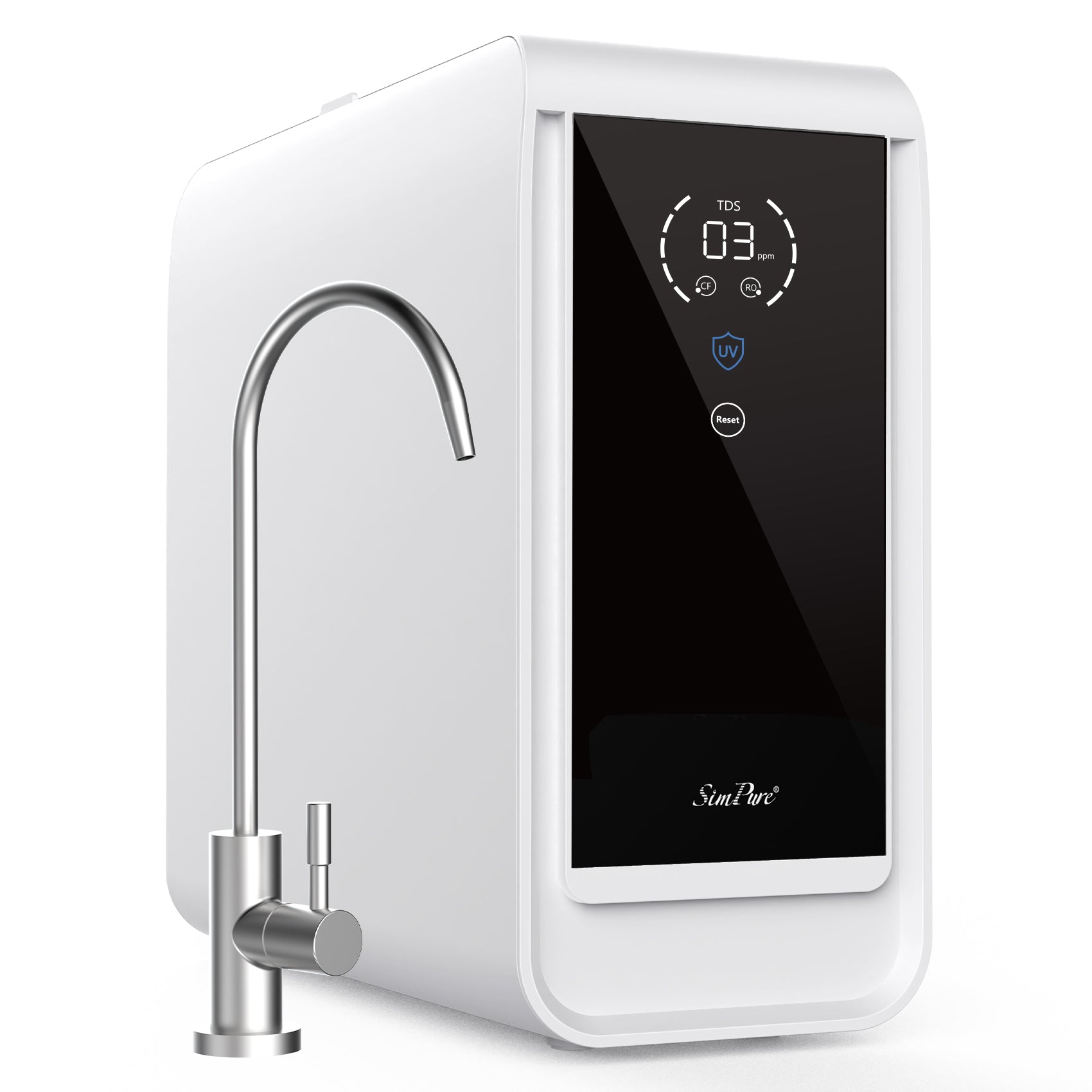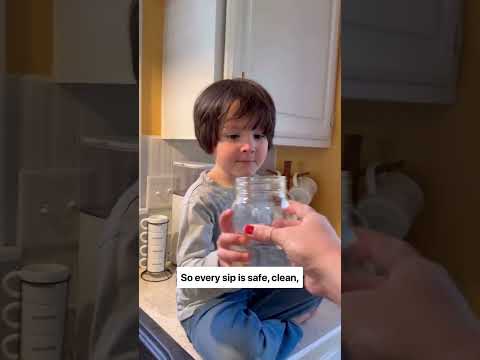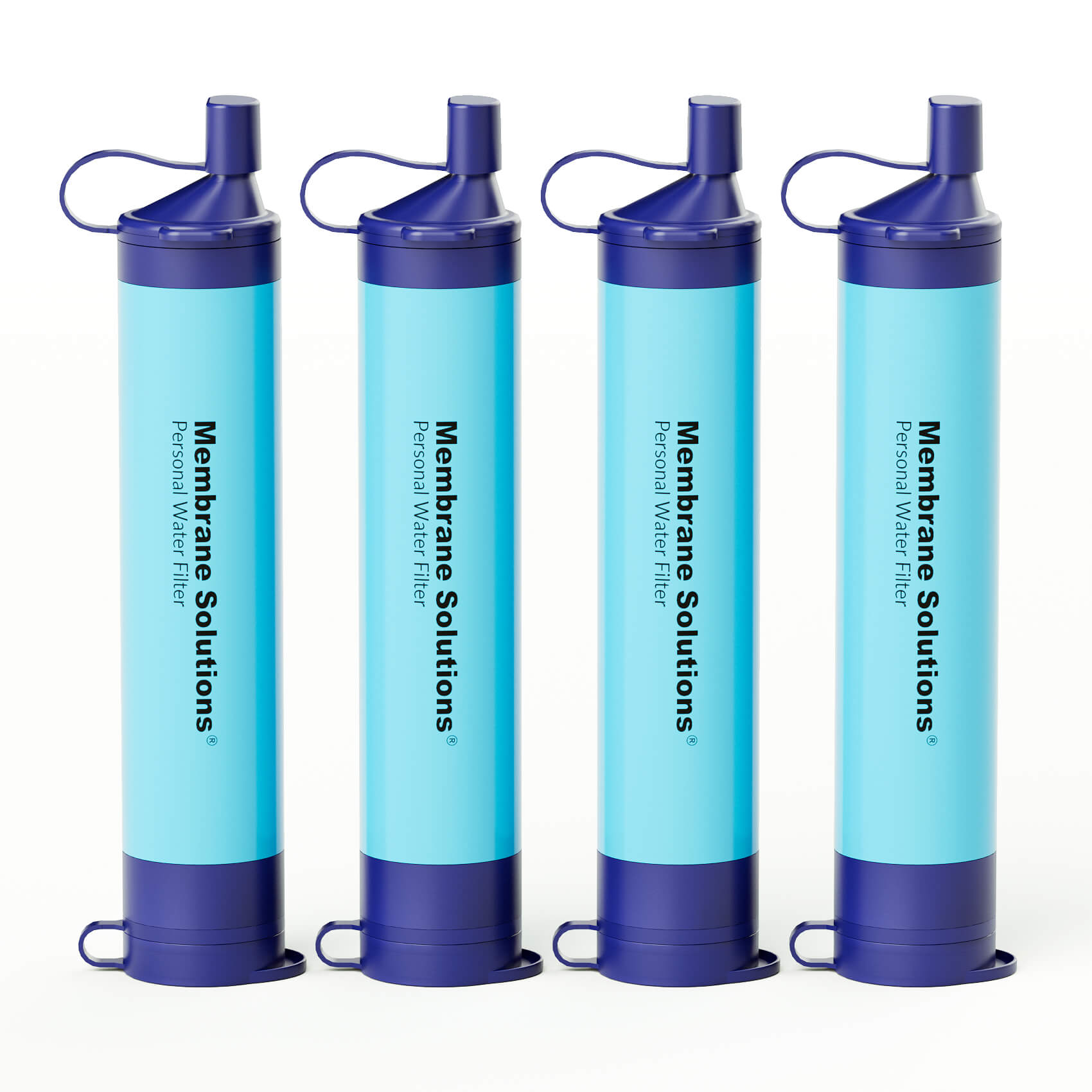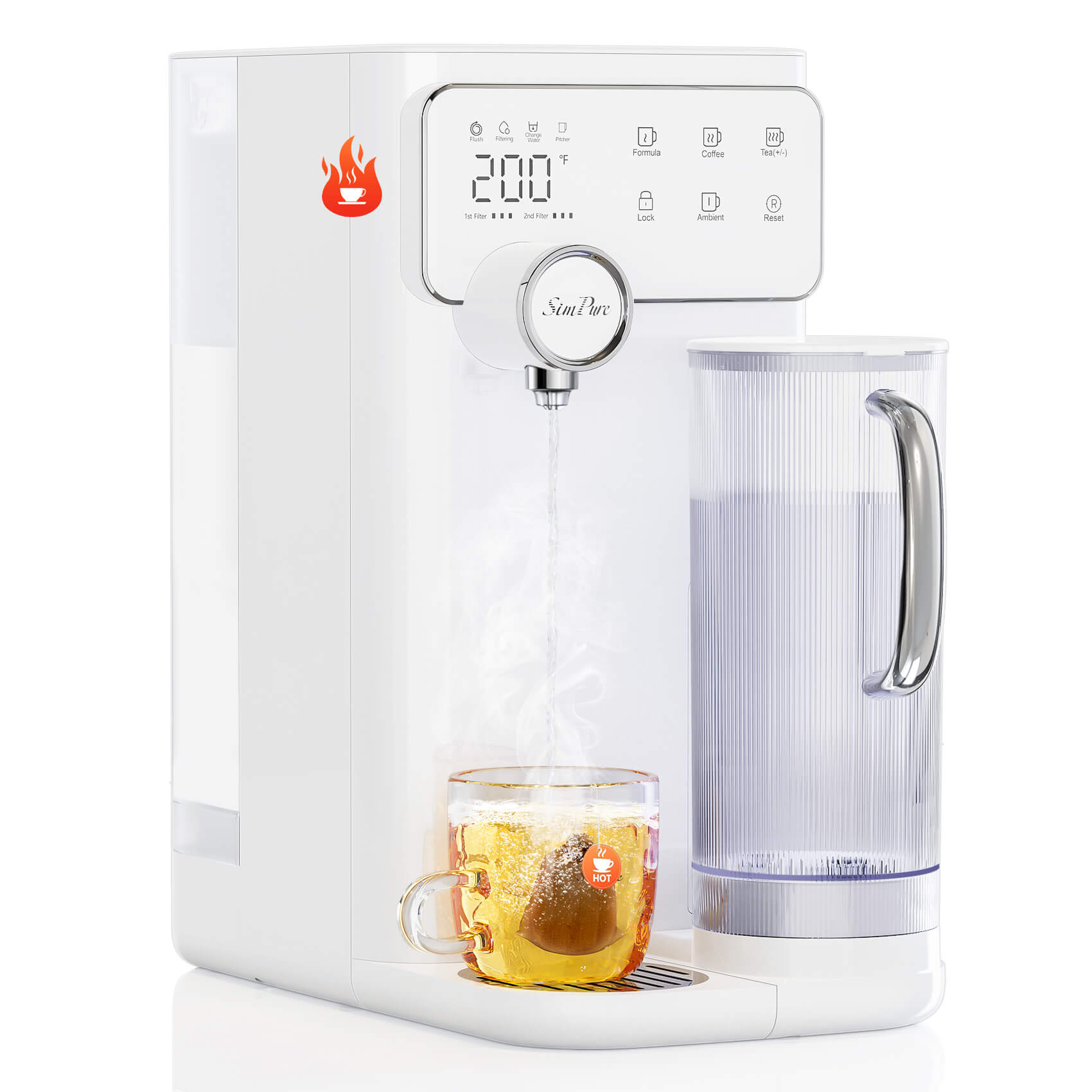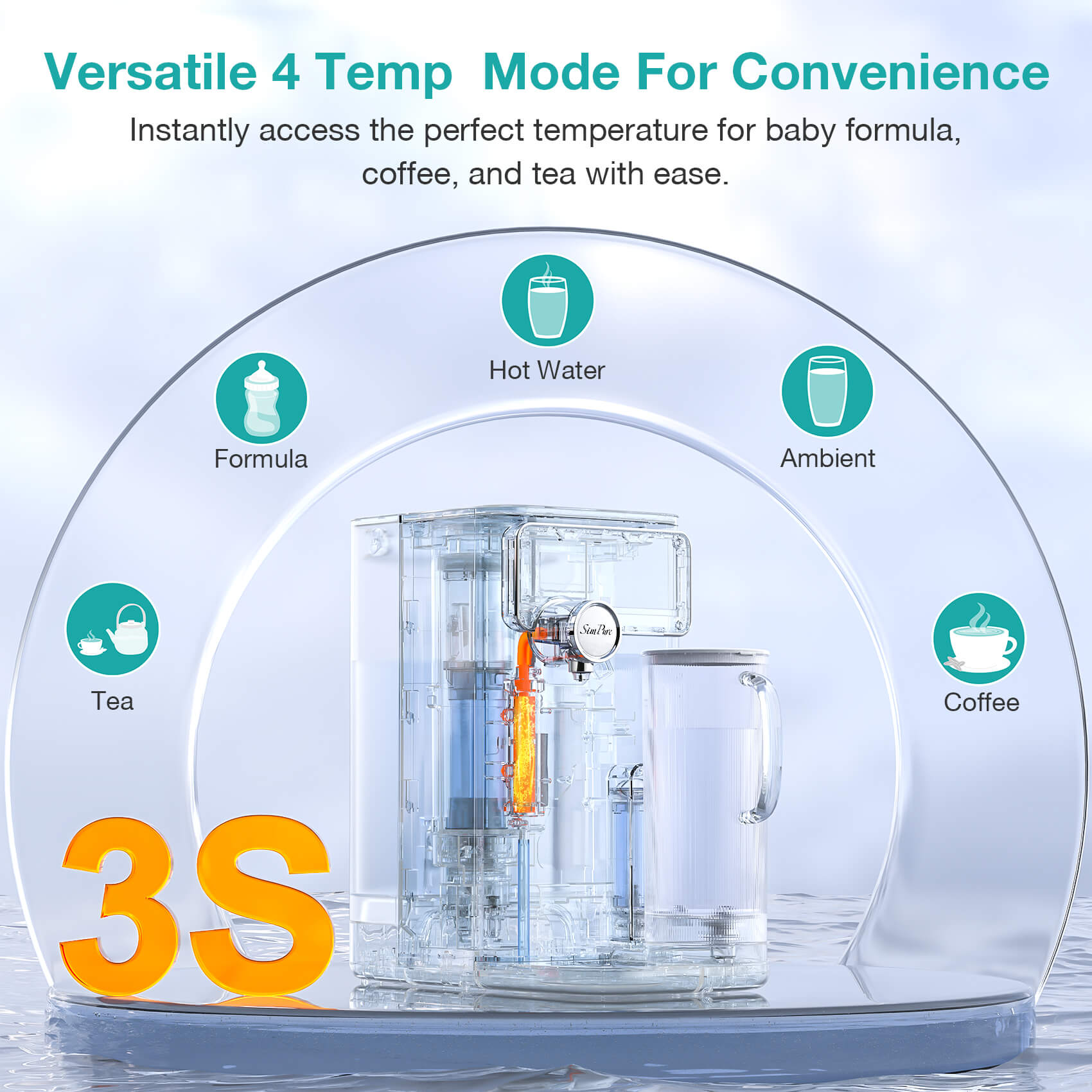Love getting out into nature for a hike or camping trip? It’s a great way to relax and get away—but what about safe drinking water? Carrying enough is hard, and that stream or lake might look clean, but is it really? Dirty water can make you really sick. Therefore, it’s crucial to acquire water purification skills to ensure survival and safety during your journey. So, how to purify dirty water in the wilderness? In this blog post, we’ll explore what contaminants are commonly found in outdoor water, why purified water is necessary, and practical methods for purifying water in the wilderness.
What is in Outdoor Water?

Outdoor water may look clear, but it can hide a lot of harmful stuff you can’t see. Streams, rivers, and lakes often contain bacteria like E. coli and parasites such as Giardia and Cryptosporidium, which can cause serious stomach problems. You might also find viruses in areas with poor sanitation or animal activity. Dirt, sand, and plant debris are common, especially after rain.
Another concern is chemicals and heavy metals from farm runoff or old mining areas. Even in remote places, wildlife waste and rotting plants can make water unsafe. And yes, microplastics are now being found in nature too. So even if water looks clean, it may not be safe to drink without treatment.
Why is Purified Water Necessary?
So now you know—streams and lakes aren’t always as pure as they seem. But what exactly makes drinking untreated water so risky? And is water purification really worth the effort? The answer is yes—and it could save you a trip to the hospital. So why skipping this step can ruin your entire adventure?
Firstly, drinking untreated water from natural sources can pose significant health risks, including diarrhea, cholera, dysentery, and giardiasis, which can be severe and potentially life-threatening in extreme situations.
Secondly, dehydration is also a common concern that should be avoided during outdoor activities, particularly in hot or dry environments. It's critical for individuals to supplement hydration after long-term sweating.
Thirdly, knowing that your drinking water is safe may allow you to focus on your adventure instead of worrying about health risks. You will feel relieved even in survival situations where clean water is scarce.
Effective Methods to Purify Water in the Wilderness

No matter how beautiful the setting, untreated water in the wilderness can carry serious health risks. If you want to stay hydrated without getting sick, it’s important to know your options on how to purify dirty water in the wilderness. Let’s dive into the most trusted ways to purify water when you're off the grid.
1. Boiling – The Most Reliable Method
There are several effective methods to remove and purify water in the wilderness. The very first and simplest way is to boil the raw water, as the high heat can kill harmful bacteria. Specifically, water boils at 212 degrees Fahrenheit, whereas most microorganisms cannot survive in water above 160 degrees Fahrenheit for more than 30 minutes. Although boiling water may appear to be cost-effective, considering you don’t need to buy anything new, it can actually be quite expensive, considering the impact this method will have on your energy bill. Another reason why many people don’t boil their water is that the process is very time-consuming.
To purify water through boiling, you’ll need to wait several minutes for the water to boil, then allow it to cool unless you’re willing to drink it hot. Furthermore, boiling water does not kill all bacteria or remove chemicals present in the water.
2. Outdoors Filtration – Portable and Effective
Another way to safely do so is by using outdoor water filters. These products are designed specifically for outdoor enthusiasts facing challenges with dirty water.
Membrane Solutions 0.1 Micron Water Filter Straw is the ideal portable water purification solution for outdoor adventures, emergency preparedness, and travel. With a 5-stage advanced filtration system, it removes 99.99999% of bacteria like E. coli and 99.999% of parasites such as Giardia and Cryptosporidium. Its ultra-fine 0.1-micron pore size ensures superior filtration performance, even against microplastics. Lightweight (just 2 oz) and compact, it fits standard 28mm threaded bottles and purifies up to 1,320 gallons. SGS-tested for safety and reliability, this BPA-free filter straw is easy to clean, highly versatile, and perfect for safe hydration anywhere, anytime.
Different from a water filter straw, the Membrane Solutions portable water filter bottle provides a container to make drinking water more convenient and easier. Individuals can carry Membrane Solutions water filter bottles, whatever they do, such as running, cycling, climbing, hunting, fishing, and even when they are doing sports in the gym. It's not a normal water bottle, but a water bottle that can purify raw water. Its 6-stage filtration removes bacteria, viruses, microplastics, and even chlorine, making dirty stream or lake water safe to drink. Lightweight and made from BPA-free Tritan, it’s perfect for hiking, camping, or emergencies. With a long filter life and 500ml/min flow rate, you get safe water quickly—no need to wait around. It’s a reliable way to stay hydrated without carrying heavy bottled water.

This method is not only faster than boiling but also more convenient, as it requires no waiting time or energy consumption. Furthermore, filtered water is usually held to higher standards than water purified through boiling. For people who have a passion in camping, hiking, or other outdoor adventure activities, using water filter straws can also be one of the most important survival skills, especially in emergency situations in which water runs out.
3. Using Water Purification Tablets or Drops
Water purification tablets or drops are a convenient and lightweight option for disinfecting water when camping, hiking, or during emergencies. The most common types are iodine-based and chlorine-based.
Iodine tablets are effective against bacteria, viruses, and some parasites, but they may leave a strong aftertaste and are not recommended for pregnant women or people with thyroid issues. Chlorine-based tablets or drops, like chlorine dioxide, are generally more effective against a wider range of pathogens, including Cryptosporidium, and leave a milder taste compared to iodine.
To use them properly, follow the instructions on the package exactly. Typically, you’ll add one tablet or a few drops to a liter of water, shake the container well, and let it sit for at least 30 minutes, or up to 4 hours if the water is cold or cloudy. However, the taste can be off-putting for some people. To improve the flavor, consider adding a flavored electrolyte tablet after purification.
How to Distinguish Drinkable Water from Rivers, Streams, or Lakes?
While purifying water is essential, knowing how to identify potentially cleaner sources can be beneficial at the same time.
1. Look for Clear Water
Clear, flowing water is often a good sign, especially from a moving stream. Still water in lakes or ponds is more likely to have higher levels of bacteria and contaminants. Cloudy water may contain harmful microorganisms, dirt, or other pollutants.
2. Observe the Surrounding Area
Check for human or animal activity nearby. Water near livestock, farms, or areas with high human traffic (like campgrounds or towns) is more likely to be contaminated with waste, chemicals, or pathogens.
Be wary of stagnant water. Ponds and lakes with no visible flow are more likely to have algae, bacteria, and parasites.
3. Smell the Water
- If the water smells bad, like sulfur or sewage, it’s definitely not safe to drink. A foul odor can indicate the presence of harmful microorganisms or pollutants.
- Freshwater should ideally have a neutral or fresh smell, though it’s still important to purify before drinking.
4. Consider the Season
During rainy seasons or after storms, water in rivers and streams can be contaminated with runoff, carrying debris, chemicals, and bacteria. It’s safer to wait until the water has settled and cleared.
5. Use a Water Purification Method
Even if the water looks clear, it’s always best to purify it using a filter, boiling, or chemical tablets. Waterborne diseases like giardia, cryptosporidium, and E. coli are invisible to the naked eye.
Portable filtration systems can quickly turn questionable water into clean, safe drinking water, ensuring your hydration is worry-free during your outdoor adventures.
In summary, purifying dirty water in the wilderness is an absolute necessity for every adventurer. Whether you choose filtration, boiling, or chemical treatment, these methods keep you safe from harmful contaminants. For added reliability and ease, Membrane Solutions outdoor water filter offers exceptional portable water filters, designed for hikers, campers, and survivalists. Choose Membrane Solutions and enjoy fresh, clean water in every situation.




